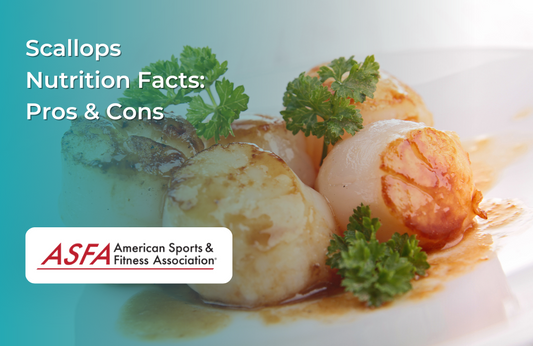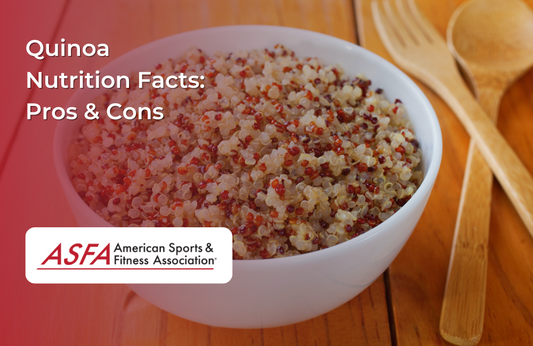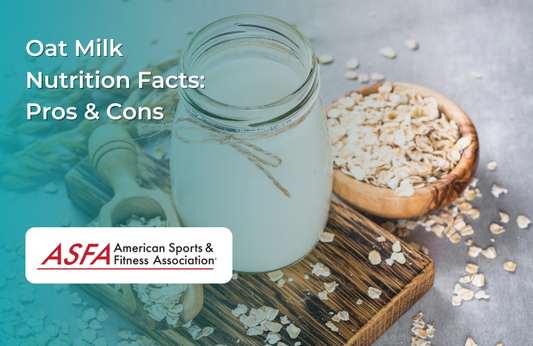If you want to improve your flexibility, it's important to understand exactly what mobility is and why it's so important. In this article, we'll explore the definition of mobility, how it contributes to the Pilates practice, and how you can improve your flexibility.
What is mobility?
Mobility is the ability to move freely. It's important for Pilates practitioners because it affects our ability to perform exercises and improves our flexibility, strength, and balance. As we age, mobility can be affected by many factors, including degenerative conditions such as arthritis or rheumatoid arthritis, which cause joint stiffness or loss of range of motion (ROM).
Mobility is also affected by lifestyle choices such as smoking tobacco products or excessive alcohol consumption, which can lead to inflammation in the body; this inflammation causes muscles around joints like hips & shoulders to tighten up over time, making them less flexible/mobile than they should be!
Why is it important?
Mobility is the range of motion in your joints. It's important for Pilates practitioners because it helps improve the quality of their practice and prevent injury. When you can move through a full range of motion, you can do more exercises with less effort, which means less fatigue and strain on your body.
And if you're looking to prevent injuries before they happen--and who isn't?--mobility is critical: it keeps your muscles strong while also increasing their ability to withstand stressors like impact or overuse during exercise routines like Pilates that involve jumping around on reformers (which is fun). In addition, having strong but flexible muscles allows them to work together properly so that one doesn't overpower another during movement; this prevents imbalances from developing within the body that could lead down a path toward injury later on down the line.
What can affect mobility?
- Age. As we get older, our joints become less flexible and mobile.
- Gender. Women tend to be more flexible than men because they have wider hips, allowing greater side-to-side flexion in the pelvis. Men tend to have greater forward flexion of the spine than women do because of broader shoulders and narrower hips (which means less side-to-side flexion).
- Body type: If you have long limbs or short limbs relative to your trunk size, this can affect your mobility as well as how easily you move through certain poses in Pilates exercises like hamstring stretches or low lunges on one leg with bent knee lifted high behind you (called "squatting"). Longer torsos also mean more space between vertebrae that need to be moved through during spinal extension exercises such as back bends, meaning extra attention must be paid by both instructor and student alike so no one gets hurt!
How can you improve your mobility?
There are many ways to improve your mobility. The following exercises can help you improve the flexibility of your hips, ankles, and shoulders:
- Wall taps - Stand against a wall with your feet hip-width apart and arms at shoulder height. Lift one foot off the ground, then tap it on the floor before switching sides. Repeat this movement ten times on each leg.
- Side leg lifts - Lie on your side with knees bent and feet together. Lift one leg as high as possible without twisting or turning, hold for five seconds, then lower it slowly back down again onto the floor behind you (it's important not to let any part of your body touch anything else while doing this). Wiggle around until comfortable before starting again with both legs raised simultaneously at first, then try lifting one at a time towards where they meet--this will help strengthen core muscles too!
When you are working in Pilates, you want to be able to move as fully and efficiently as possible.
This is especially true of your spine. The spine is an incredibly complex structure that allows us to bend, twist and turn our bodies into shapes. It also supports weight from our heads down through our legs (and everything else). The ability for our spines to bend means that we can sit up straight or curl up into a ball when we sleep at night; it also helps us reach high shelves for groceries without straining ourselves by bending over too far backward (which could cause back pain).
When working on improving mobility through Pilates exercises, it's important for practitioners not only think about how much range-of-motion (ROM) they're getting out of their joints but also how efficiently they use this ROM during movement patterns such as squats or lunges--you wouldn't want someone performing these movements with limited ROM because then they would have difficulty properly engaging their glutes during those exercises!
Practicing Pilates techniques can be an excellent way to build flexibility and strength.
To improve your flexibility and strength, you need to be able to move the joints in your body. Practicing Pilates techniques can be an excellent way to build flexibility and strength.
Here is a great example of an exercise that can improve your mobility:
- The Hundred (also known as "the hundred"): Lie on your back with legs extended and arms at sides, palms up or facing each other. Breathe deeply as you raise one leg off the floor so that only its heel remains touching; keep both knees straight throughout this exercise--do not bend the either knee! Lower it slowly until it touches again, then raise it as high as possible without causing pain in any part of your body (you may need assistance from someone else). Repeat 15 times per side before switching sides; do three sets total per day if possible but at most, 1 hour total between all three sets combined because too much time spent exercising excessively could cause injury rather than improvement!
The Hundred is a great exercise for improving your posture; it helps strengthen your core muscles and makes you more flexible.
It is important to have mobility in all directions to have proper alignment in your practice and ensure that you are working from a balanced position.
It is important to have mobility in all directions to have proper alignment in your practice and ensure that you are working from a balanced position. When we talk about flexibility, we're not just referring to being able to touch our toes or bend over backward (although these can be great indicators of the overall range of motion). Instead, think about how freely and deeply you can move through each part of your body and how much space there is between bones, muscles, tendons, and ligaments throughout the rest of your body.
To achieve this level of mobility--and ultimately make progress on strengthening the areas that may be tight or stiff--it's important to understand what causes a lack thereof: tightness around joints like knees or shoulders usually comes from overuse; if they're used regularly without enough recovery time between workouts, then scar tissue will build up under these areas which prevents them from moving freely again until they heal themselves through restorative exercises like yoga poses or massage therapy sessions (or both!).
The importance of mobility cannot be overstated when it comes to moving freely and deeply in your body for Pilates exercises.
While it may seem obvious that mobility is important for Pilates practitioners, it can sometimes be clearer how to improve your own.
Improving your mobility will help you perform Pilates exercises better, whether you're a beginner just starting or an advanced practitioner looking for ways to advance your practice. In this article, we'll cover some basic tips and exercises to help increase flexibility throughout the body and specific areas where most people struggle with flexibility.
Conclusion
As you can see, it's important to have good mobility to practice Pilates effectively. If you find yourself struggling with certain exercises or finding that your body doesn't move as well as it used to, consider starting a stretching routine that focuses on improving your flexibility and strength--you may be surprised by how much difference this can make in helping you regain control over your body!





